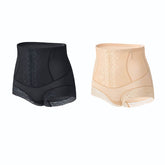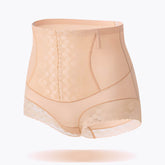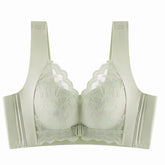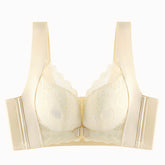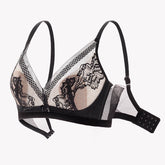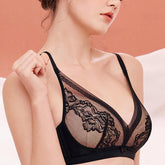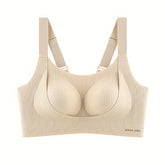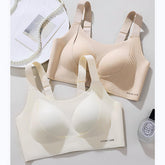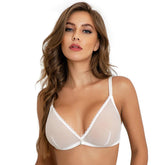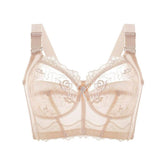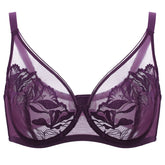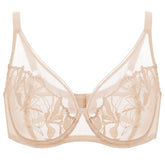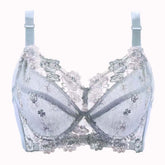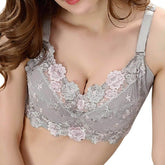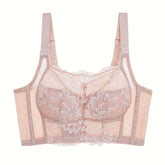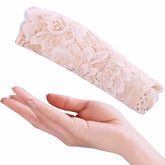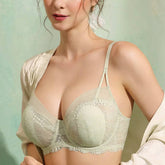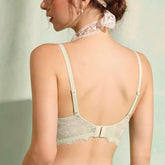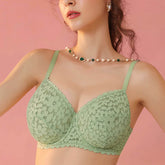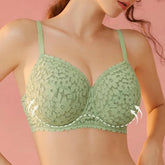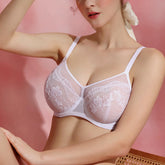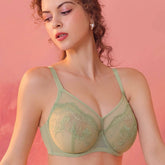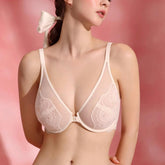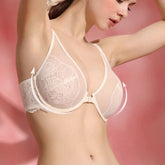History of Women's Underwear

Underwear is an essential part of every woman's wardrobe. Today, it's hard to imagine how ladies in the past lived without panties and bras. The history of underwear spans only a few hundred years.
When the First Panties Appeared
As historians have discovered, underwear resembling modern sets was known even in Ancient Greece. Excavations revealed a mosaic dating back to the 200th year, depicting girls in bikinis doing physical exercises.
In the Middle Ages, the moral code was stricter, and the area of a woman's body from the waist to the knees was considered taboo. Panties were replaced with simple shirts.
Mentions of pants or "kalsots" as they were called back then were found in the 16th century. It was claimed that velvet and silk items were popular among courtesans. However, the church disapproved of this female initiative and cursed the pants, which never became fashionable.
In the next fashion wave at the end of the Renaissance era, women's pants were recognized as a means to preserve modesty. It was believed that such garments protected from the cold and concealed intimate areas if a lady fell off a horse.
The first panties didn't resemble modern ones and were far from retro models that come to mind. They consisted of two halves tied at the waist. The front parts were left unsewn for hygienic reasons, as clothing was tucked under tight corsets. The parts of the pants merged into a single piece by the end of the 19th century. Women's society divided into two camps: some adhered to the fashion of the past, while others happily wore ruffles and sewn fabric. Pants became useful in preventing women's diseases, and recommendations suggested making them as long as possible.
By the end of World War I, the evolution of underwear entered a new stage. Skirt lengths became shorter, and panties became smaller. The intimate garment was now called "panties."
In the 1950s, the bikini emerged from a bra and briefs. Moralists said "No" to this revealing model, but women loved it. Hollywood and French actresses showcased themselves in bold bikini swimsuits, attracting attention to figures like Brigitte Bardot, Sophia Loren, and Marilyn Monroe. Thanks to them, the once "sinful" bikini turned into a seductive item after 30 years.
In the 2000s, along with the trend of low-rise jeans, thongs became popular.
Before the advent of contemporary women's panties in the United States, underwear care was a vastly different practice. In bygone eras, washing and maintaining undergarments were labor-intensive tasks. Women relied on handwashing techniques, often using soap and water to delicately clean their undergarments. Drying was typically done outdoors, taking advantage of sunlight and fresh air to maintain hygiene. With the introduction of washing machines and modern laundry detergents, the process of caring for women's panties has become more efficient, allowing for ease and convenience in today's fast-paced lifestyle.
In the early days, underwear care also extended to the creation of homemade undergarments. Women were skilled in the art of sewing, crafting their panties and bras from various materials available. This hands-on approach to underwear creation allowed for customization based on individual preferences and body shapes. In contrast, contemporary women have the luxury of choosing from a wide array of mass-produced, stylish, and comfortable undergarments available in the market. The evolution of underwear care reflects not only changes in fashion and technology but also the shifting roles and expectations of women in society.
In our modern era, the significance of women's panties extends beyond functionality to fashion and self-expression. With a plethora of styles, colors, and materials to choose from, women can effortlessly match their underwear to their outfits or moods. The lingerie industry has embraced inclusivity, offering a diverse range of sizes and designs that cater to various body types and personal preferences. Additionally, advancements in fabric technology have led to the creation of undergarments that prioritize comfort and breathability, further enhancing the overall experience for women in the United States and around the world.


